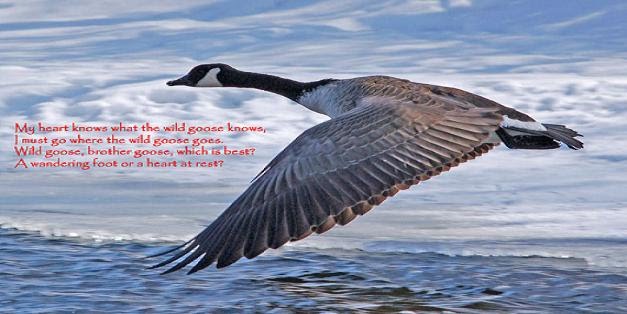Alert-Barracuda
The water in the park is a beautiful azure blue covering a white sandy bottom. We could easily identify the coral reefs that can be deadly for the hull of a boat and were able to wind our way through the hazardous reefs and shoals to anchor in a small cove at Garden Key. As we inflated our dinghy to go to shore, we noticed a visitor in the shadows under our boat. A 6-foot barracuda decided the shade of our boat was a nice place to hang out. He didn't seem to be intent on causing any harm, but he certainly was intimidating. Our daughter, Tracy, refused to get into the water. Over time, she became comfortable diving with barracuda, but not that day!
The islands were originally named Los Tortugas (The Turtles) by Spanish explorer Ponce de Leon. He took an incredible 160 sea turtles from the area (no wonder the sea turtle population is endangered). Since the islands have no potable fresh water, charts later listed them as Dry Tortugas. A lighthouse was erected to help ships navigate around the low islands.
The government decided to build a fort on Garden Key. Construction on Ft. Jefferson was begun in 1846 to help protect the US shipping channel from pirates. The United States government never completed Ft. Jefferson when, after 30 years of building massively thick brick walls, they realized new innovations in technology and warfare rendered the walls vulnerable (does this sound familiar even today?). The fort remained in the hands of the northern army during the Civil War and was used as a prison for deserters and war criminals. The most famous person held at Ft. Jefferson was Dr. Samuel Mudd. Dr. Mudd was convicted of conspiracy after assisting John Wilkes Booth, the man who assassinated Abraham Lincoln. Another interesting tidbit: Dry Tortugas was the last fueling stop for the USS Maine in 1898 before she mysteriously exploded in Havana Harbor a few days later. It was one of the precipitating events causing the Spanish-American War and has always been a controversy over who was responsible for her sinking.
 The fort is now a national park and you could spend hours exploring all of the gunrooms, casements and magazines.
The fort is now a national park and you could spend hours exploring all of the gunrooms, casements and magazines.Drum, Fife & Hoop Skirts
Every evening, the park conducts a ceremonial Civil War flag ceremony at sunset. We were asked to participate. Tracy and I donned long hoop skirts and hats and Mark wore a military uniform and played the drum while a park ranger played the fife. We climbed the stairs to the top of the fort marching to the sound of drum and fife and lowered the flag. I guess Tracy and I were there just for decoration because about all we could do was try to keep our hats on our heads and our long hoop skirts from blowing over our heads and carrying us over the edge. We did receive a large round of applause from the visitors below, so I guess we performed sufficiently as Civil War patrons.
Alert-A New Bird Species
The area is famous for bird watching and we unknowingly presented quite a stir among the 'twitters' or birdwatchers. Mark always likes to put out plenty of scope (or rope for you non-nautical types) when anchoring. In order to find just where your anchor is located, you tie another small rope to the anchor and attach a floating buoy, usually a round, brightly colored ball. Mark liked to attach an old rather ratty looking duck decoy to our anchor-"it just looks more realistic", was his justification. After a few days, we noticed hordes of people looking at our boat through binoculars from the island. It seems the twitters had just discovered a new species in the islands and were simply all 'atwitter' about it. Oops...
If You're Planning To Go
 Ft. Jefferson National Park is one of the least visited national park in the country and one of the most unusual. Besides the fort, you can snorkel in the those azure waters surrounding the area, go fishing, and even buy some souvenirs from the gift shop. But, here's the kicker. Unless you want to take your own boat out there, you'll have to find alternate transportation. It's available by ferry or by seaplane (which is a big kick if you've never landed in the water by plane). You leave from Key West, Florida another great place to visit.
Ft. Jefferson National Park is one of the least visited national park in the country and one of the most unusual. Besides the fort, you can snorkel in the those azure waters surrounding the area, go fishing, and even buy some souvenirs from the gift shop. But, here's the kicker. Unless you want to take your own boat out there, you'll have to find alternate transportation. It's available by ferry or by seaplane (which is a big kick if you've never landed in the water by plane). You leave from Key West, Florida another great place to visit.Over the few days we stayed in Dry Tortugas and snorkeled on the reefs surrounding the area. We even did some nighttime snorkeling (another kick if you haven't done it). We saw a lot of tropical fish, barracuda (Tracy finally realized she wasn't going to be eaten after all), and turtles. Diving with sea turtles is like watching the Bolshoi Ballet. They glide through the water seamlessly moving their flippers in a graceful and unhurried motion. Their nose points straight ahead as if they're on a mission and they barely notice we're in the water with them. Little did we know that these creatures would become very important to us and we would return one day to help insure their survival.
Cheers,
Bunny














